|
|
|
|
|
|
|
|
|
|
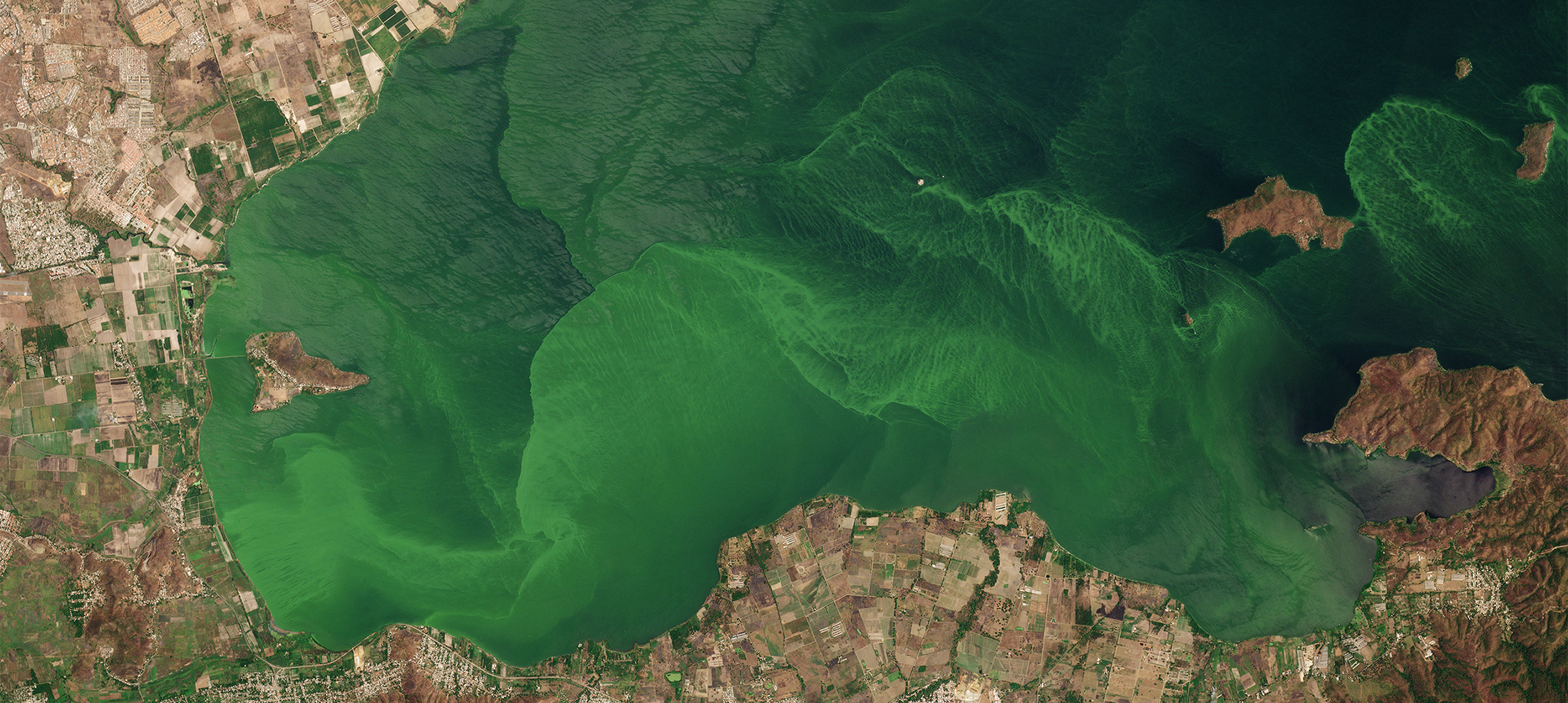 |
SkySat • Algal bloom, Lake Valencia, Venezuela • March 25, 2023 |
In this week’s issue:
Blooms announce Spring Oases sprout from the desert Renewables surpass coal in the US Year-to-year snowpack comparison Having trouble viewing images? Then read this issue on Medium!
|
|
|
|
|
FEATURE STORYSpring Blooms
With the arrival of April, it’s time to revisit the three S’s of spring: Seasonal allergies, S-warmer weather, and Spring Blooms. Yet it’s only the last of these that can color entire landscapes in painterly hues. Amid the season’s general greening are blooming events that highlight landscapes in remarkable shades and announce the rising temperature with unparalleled flair. But these blossoms are more than human eye candy; they provide the literal sugar that pollinators use to benefit entire ecosystems. |
 |
PlanetScope • Tulip Fields, Keukenhof, Netherlands • March 24 - April 22, 2022 |
To many, flowers are the canonical marker of spring. Tulips, cherry blossoms, and wildflowers unfurl their petals to announce the end of winter. And when enough are gathered in one place, like the tulip fields of the Netherlands (image above) or the Jacaranda trees found from Australia to Mexico, they can turn entire neighborhoods into vibrant pastels viewable from space. |
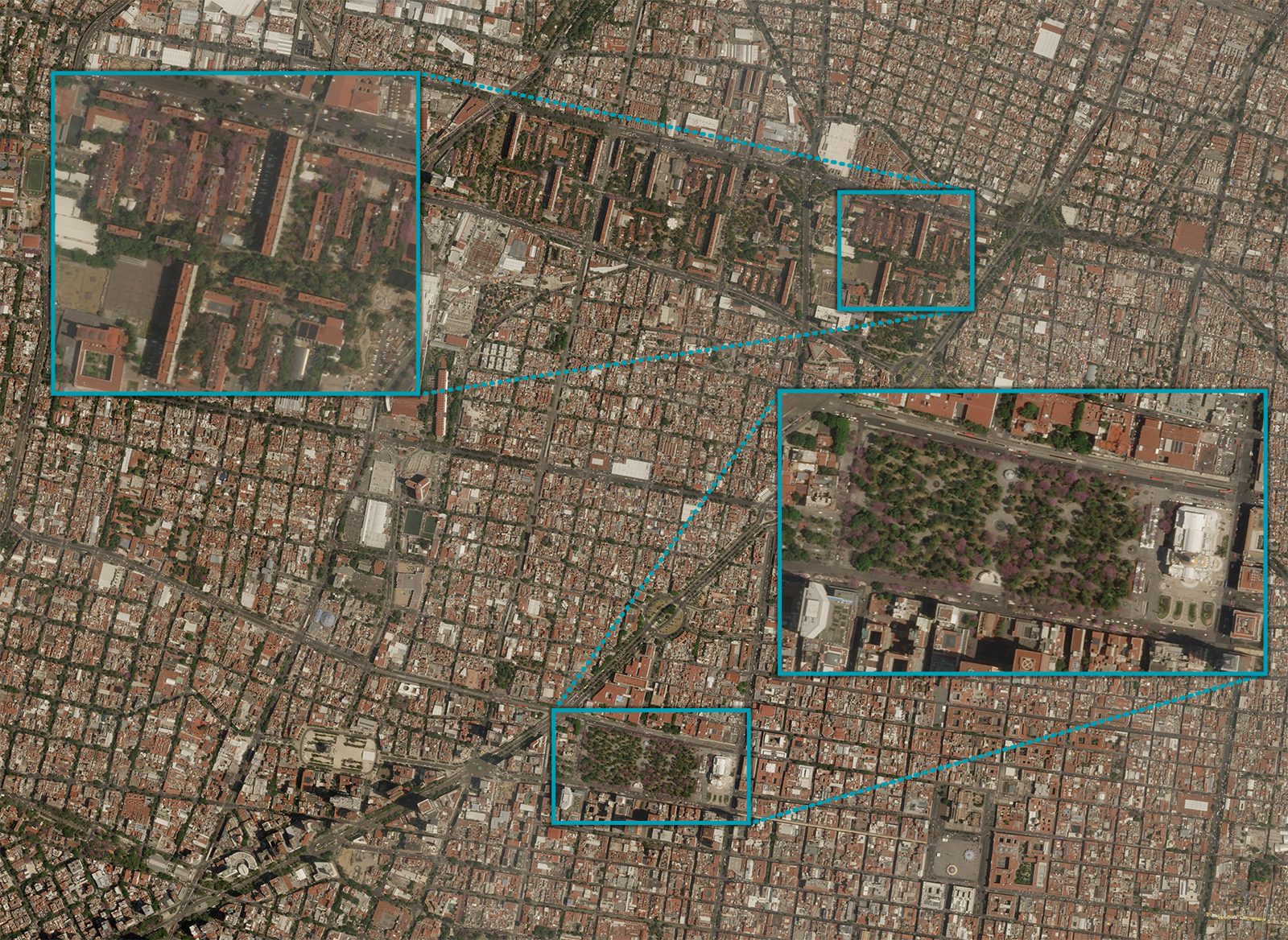 |
SkySat • Jacaranda bloom, Mexico City, Mexico • March 27, 2023 |
But spring blooms don’t just announce the arrival of the vernal equinox. They also can serve as a proxy for winter precipitation. Abundant rainfall spread evenly creates favorable conditions for what’s known as a “super bloom,” described as floral explosions across normally arid environments like the deserts of the US Southwest. And with a seemingly endless torrent of atmospheric rivers battering the West Coast this past winter, flower-watchers are hopeful. |
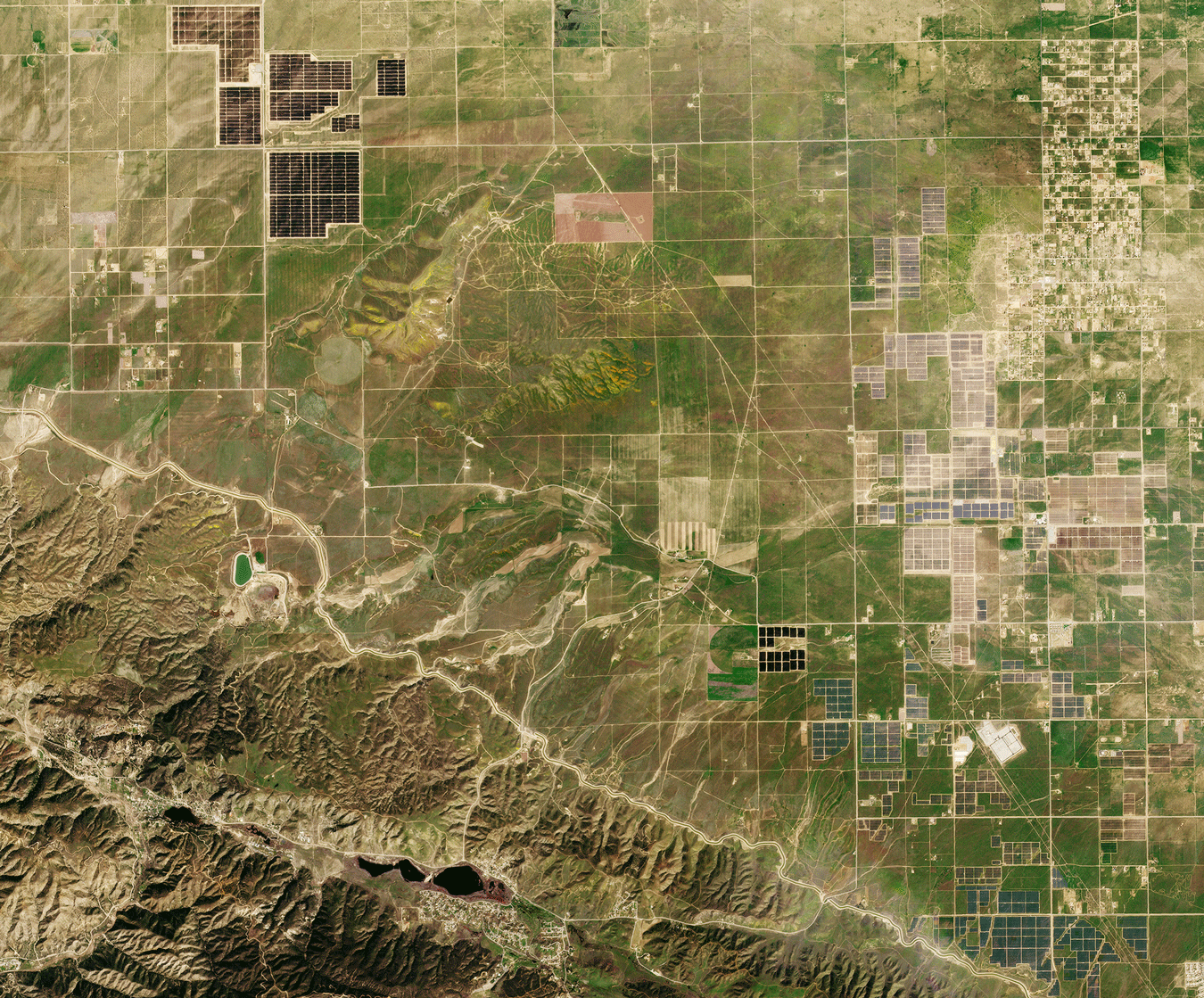 |
PlanetScope • Antelope Valley, California, USA • March 16 - April 2, 2023 |
If ecological processes are like clockwork, then spring blooms are like the cuckoo bird that pops out at the strike of the hour—the flashy feature that indicates an important change. But climate change is shifting the natural clock and is altering its rhythms from the birds to the bees. Pollination, procreation, hibernation, migrations, and a number of other life cycle events (known as phenology) are shifting as warming temperatures alter the arrival of winter and onset of spring in uncertain ways. |
 |
SkySat • Guayacan trees blooming, Barro Colorado Island, Panama • March 15 - 25, 2023 |
The National Phenology Network keeps track of spring’s arrival by recording when certain plant species, known for blooming early, bloom. What they found is an uneven distribution of the first day of spring across the US, with blooms occurring up to 3 weeks early in parts of the Southeast and days later in the Southwest.
Future research aside: Satellites could even be used to monitor when these species start blooming. Pair that with global coverage and researchers could construct a comprehensive map of spring’s onset across the Earth.
|
 |
SkySat • White flowering tree crowns in Lambir Hills National Park, Borneo, Malaysia • May 5, 2019 |
The bad news is that this can create an ecological mismatch where, for instance, pollinators miss pollinatin’-time because of an early bloom. But the somewhat good news is that phenologists are unsure what will actually happen. Nature’s cyclical processes compose a symphony. And if a beat is off tempo it could disrupt the entire melody, or it could create a remix we can still dance to. |
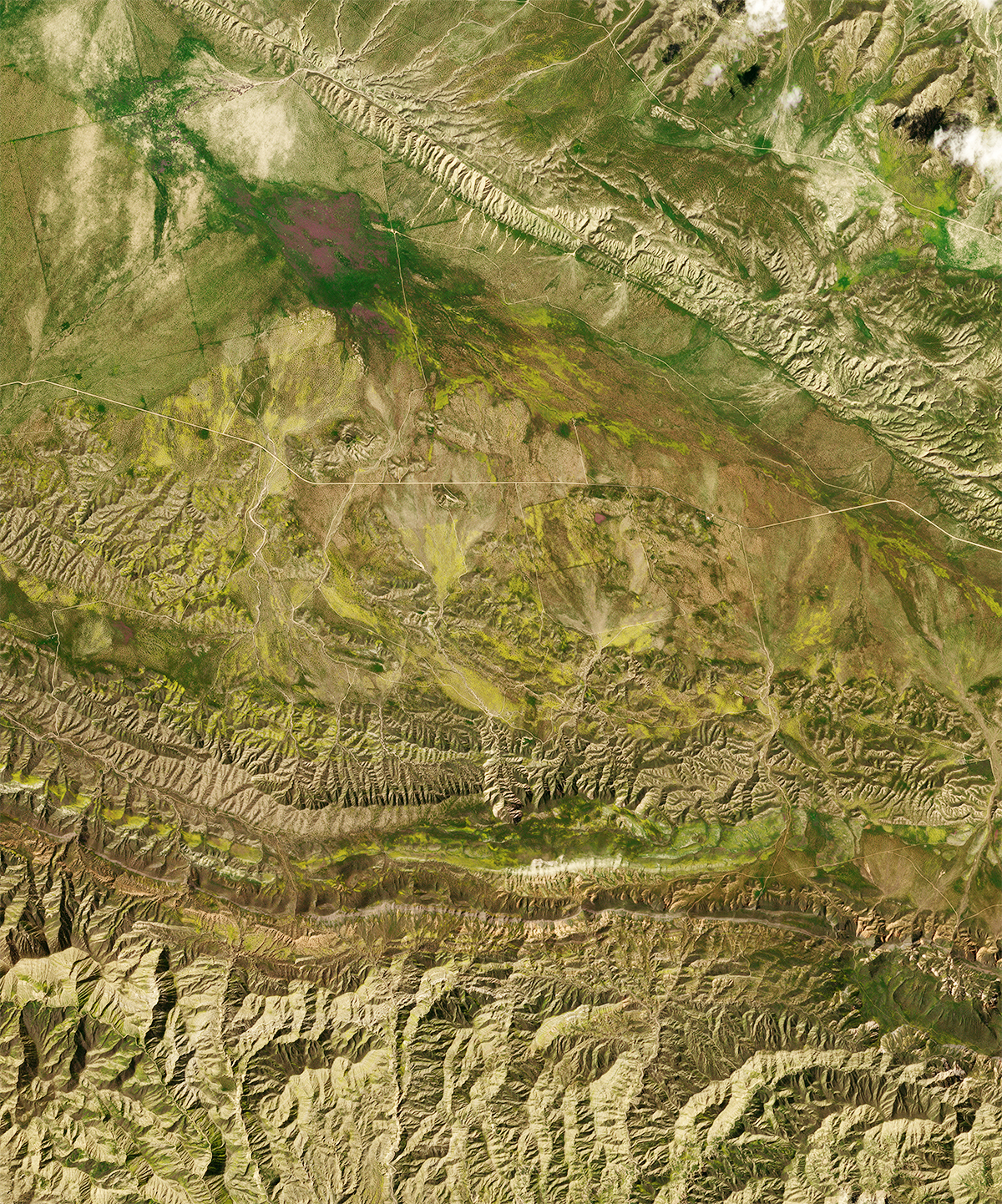 |
|
PlanetScope • Wildflower bloom, Carrizo Plain National Monument, California, USA • April 2, 2023 |
Bonus blooms: Some blooms are more about incessant proliferation than anything else. Harmful algal blooms, also known as red tides, are the result of microscopic organisms that grow explosively, often regularly in places like Florida’s Gulf Coast. The red tides aren’t always red, though. But add some processing trickery to a clean satellite capture and you’ve got a blood-tinged monstrosity seen from space. |
 |
Image processing by Yao Yao (USF) using copyrighted material of Planet Labs PBC • Image adapted for NASA Earth Observatory by Lauren Dauphin • February 26, 2023 |
Business is truly booming for blooms this year. A 5,000-mile (8,000-km) belt of sargassum is rapidly growing in the Atlantic and is floating towards the Gulf of Mexico. The foul-smelling seaweed can harm coastal wildlife and threaten beaches at the height of tourist season. We’ll be watching out for the giant brown mass as it moves close to shores over the coming months and will share what we spot here. |
 |
PlanetScope • Sargassum, Miami, Florida, USA • May 12, 2019 |
|
|
|
|
|
|
|
|
|
|
|
Remote SensationsOases
Oases are blooms from springs in the desert. Water sources are found few and far between these arid regions. But where a spring is present, so is life. These wet spots provide refuge from the otherwise harsh desert environment. They’re usually supplied by an underground aquifer and are spotted by the vegetation and settlements built around them. |
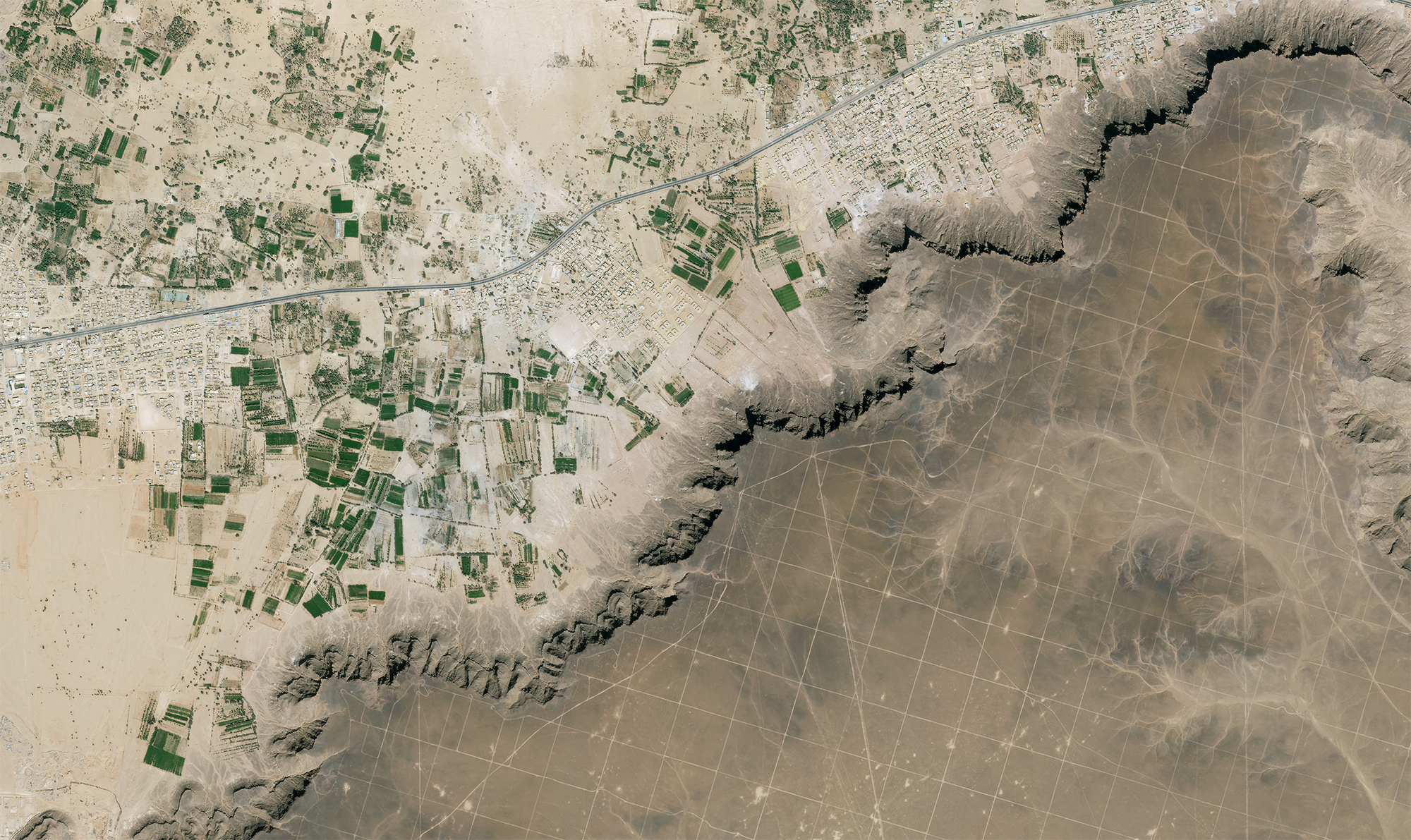 |
SkySat • Ubari, Libya • March 7, 2023 |
Oases have served as critical pit stops for merchants and travelers crossing the inhospitable terrain, making them not only essential for trade but also vital economic, cultural, and political hubs. Unless you’re planning on trekking across the Sahara or any other huge desert anytime soon, we hope that these images provide a digital oasis for your doom scrolling voyages through the harsh and unforgiving environment that is the Internet. |
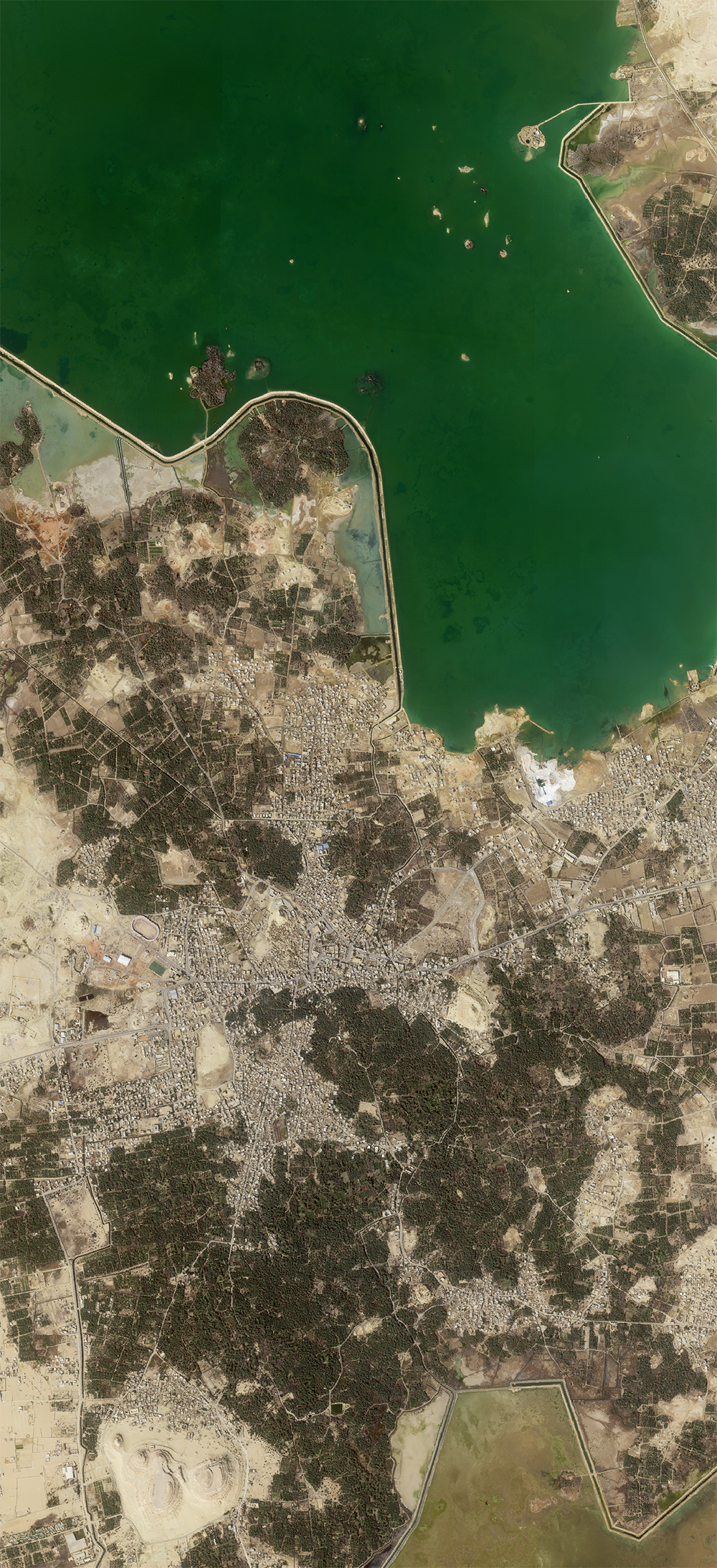 |
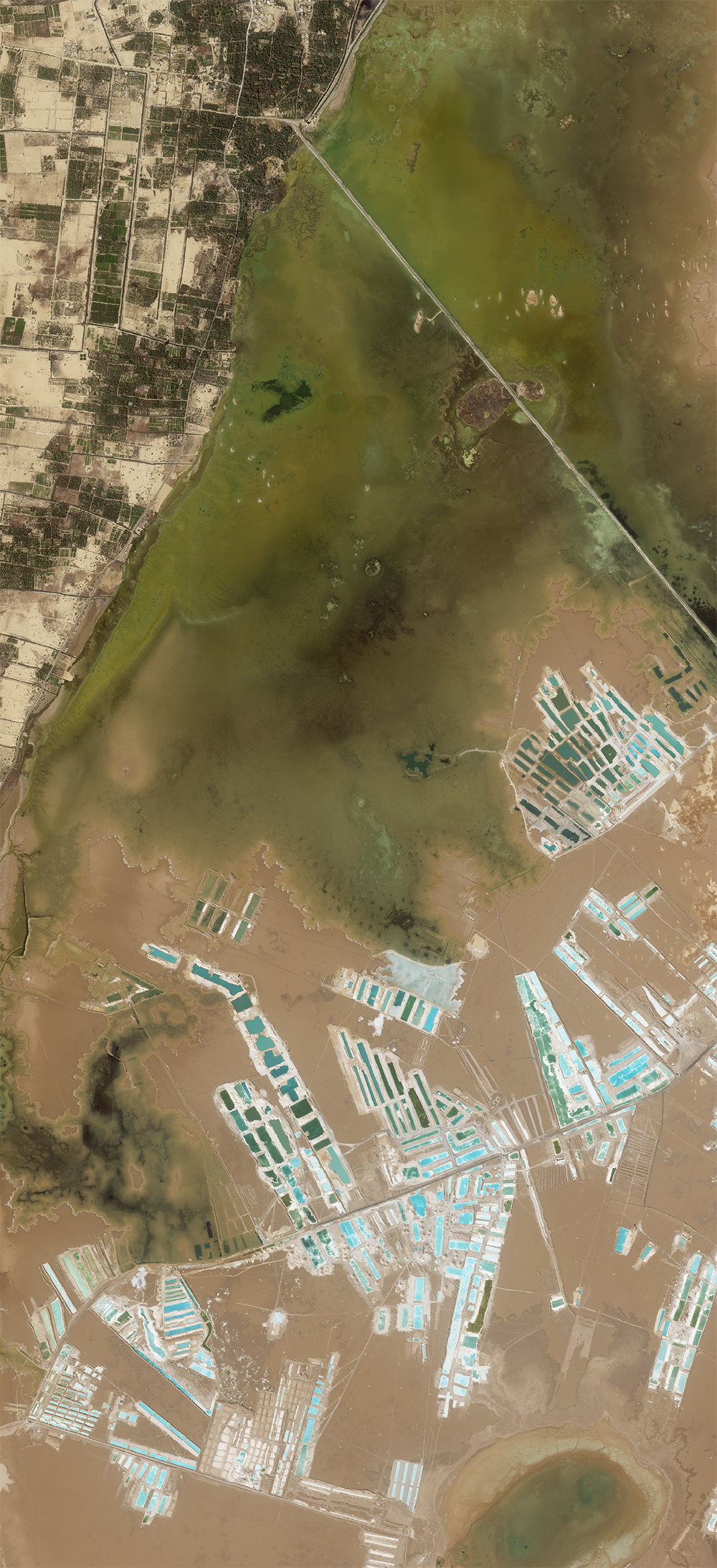 |
SkySat • Siwa Oasis, Egypt • March 3, 2023 |
|
|
|
|
|
In the NewsRenewables > Coal
Climate wins are rare, so we try not to pass them up when they come about. The EIA reported that US renewable energy generation reached 21% of the country’s power production last year, beating coal at 20% for the first time ever. Global coal production and consumption remains high—especially in rapidly growing countries like India and China—but small victories like these indicate a promising shift in energy trends towards more sustainable sources. |
 |
SkySat • Qinhuangdao Port, Hebei, China • February 20, 2023 |
|
|
|
|
|
Change of the WeekSnowpack
Satellite images confirm what everyone living among the Western US mountains knows too well: there’s a lot of snow. Seventeen atmospheric rivers have delivered one of the largest snowpacks in California’s history. And satellite images from March 2022 and March 2023 show the drastic year-to-year change in snowpack across the region and point to the concern that states need to brace for flooding as the big melt takes place this spring. |
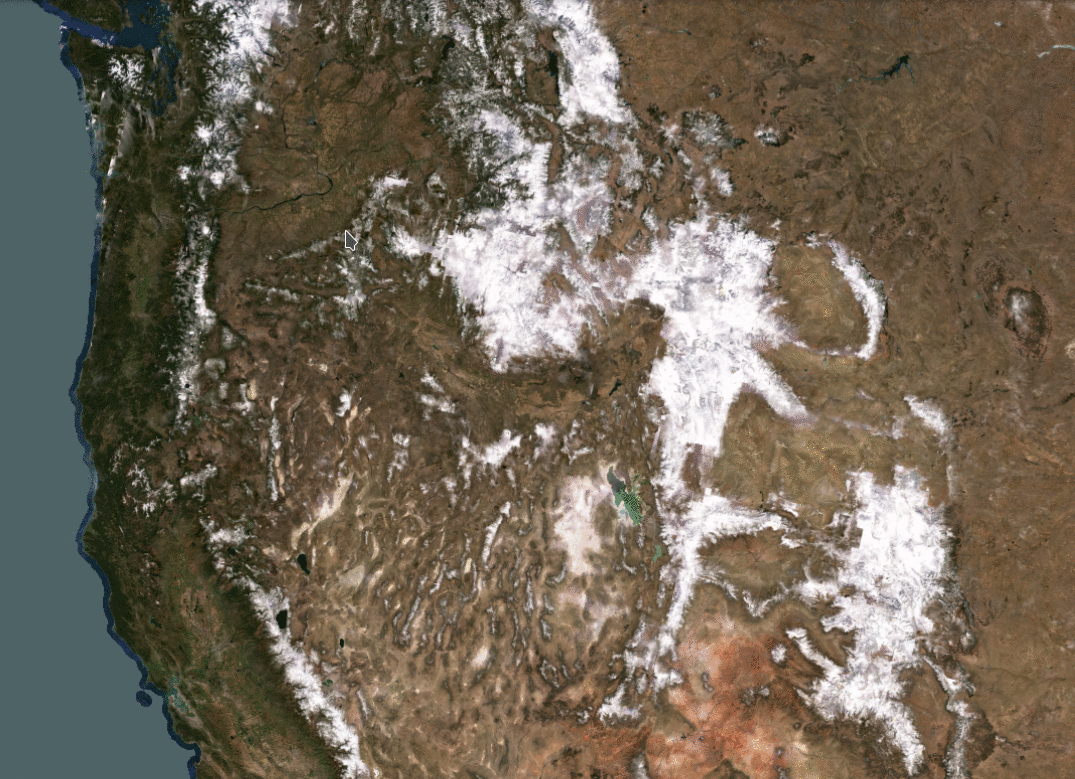 |
Planet Basemaps • March 2022 - 2023 |
|
|
|
|
|
Weekly Revisit
Last week we took a look at some etchings in the Earth—known as geoglyphs—including millenia-old pictographs and Soviet-era pentagrams. So check it out in case you missed it and read more stories from the full archive if you’re extra curious. |
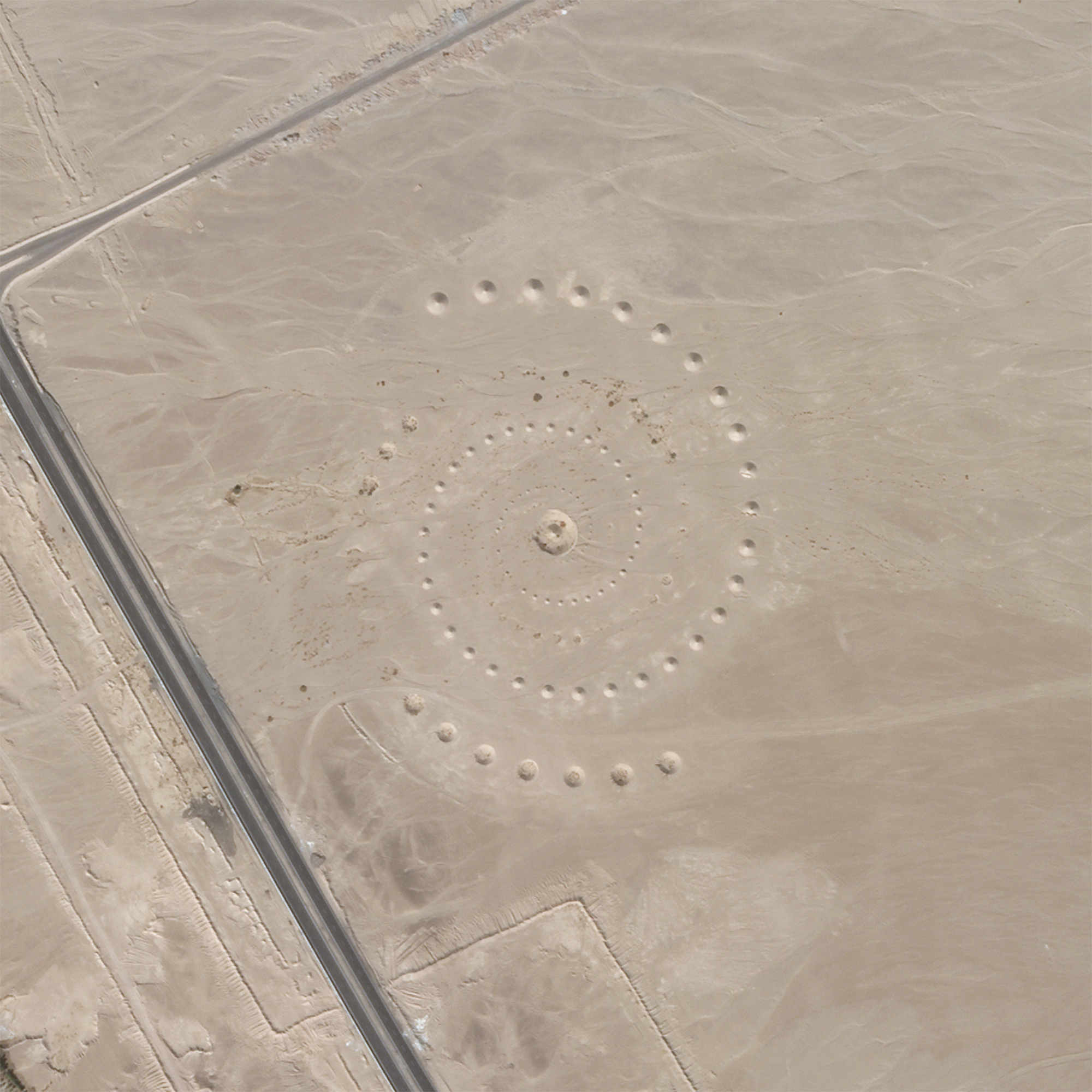 |
SkySat • Desert Breath, Hurghada, Egypt • December 2, 2020 |
|
|
|
|